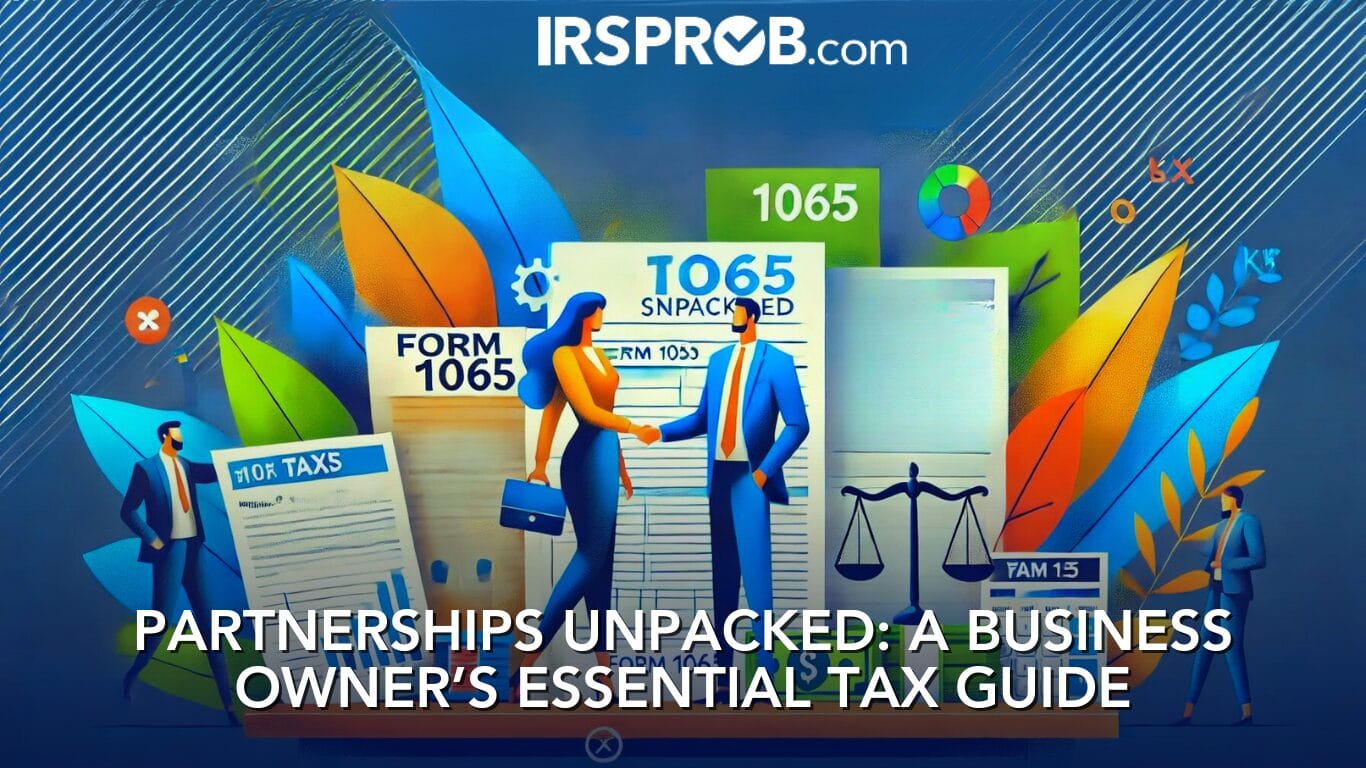
Running a business as a partnership offers numerous advantages, but it also comes with its own set of responsibilities and tax considerations. Whether you’re new to partnerships or a seasoned entrepreneur, this blog post will help you understand the essentials of partnership taxation and offer practical tips to help you manage your business finances more effectively.
What is a Partnership?
A partnership is a business structure where two or more people come together to run a trade or business. Each partner contributes assets like money, property, labor, or skills, and in return, shares in the profits and losses of the business. It’s important to note that partnerships themselves don’t pay income tax. Instead, the profits or losses “pass through” to the partners, who report them on their individual tax returns.
This pass-through taxation is a key benefit of partnerships, avoiding the “double taxation” that corporations often face.
Key Tax Forms for Partnerships
While partnerships don’t pay income taxes directly, they are still required to file an annual information return—Form 1065, U.S. Return of Partnership Income. This form reports the partnership’s income, deductions, and gains or losses. Partners receive a Schedule K-1 (Form 1065), which outlines their share of the partnership’s income or loss, to include in their individual tax returns.
Here are some important forms you’ll likely encounter as a partner or partnership:
- Form 1065: Reports the partnership’s income, deductions, gains, and losses.
- Schedule K-1: Provided to each partner, showing their distributive share of income or loss.
- Form 941: Used for reporting Social Security, Medicare, and income tax withholding for employees.
- Form 940: Reports federal unemployment tax.
- Forms 1099-MISC/NEC: Used for reporting payments such as rents, commissions, or other income over $600.
Advantages and Disadvantages of Partnerships
Running a partnership has its perks, but it also comes with certain drawbacks that business owners should consider.
Advantages:
- Flow-Through Income: Partnerships are attractive because profits and losses are passed through directly to the partners, avoiding corporate-level taxation.
- Flexibility: Partners can create agreements to allocate income and deductions in ways that aren’t strictly proportional to ownership stakes.
- Simplicity: Forming a partnership is relatively simple, often requiring just a verbal agreement (though a written agreement is strongly recommended).
Disadvantages
- Liability: General partners are personally liable for the debts of the partnership. Forming an LLC can provide some protection, but this is an important risk to understand.
- Self-Employment Tax: General partners are subject to self-employment tax on their distributive share of income.
- Commitment: Entering and exiting a partnership can be complex. A well-drafted partnership agreement should include provisions for what happens if one partner wants to leave the business.
General vs. Limited Partners
There are two types of partners in a partnership—general and limited partners. General partners are responsible for the daily operations of the business and are personally liable for its debts. Limited partners, on the other hand, invest in the partnership but do not participate in management and are only liable up to the amount they have invested.
General partners are subject to self-employment tax, while limited partners generally aren’t unless they receive guaranteed payments.
Employment and Excise Taxes
While partnerships are not subject to income tax, they must comply with employment tax regulations. If the partnership has employees, it must file Form 941 each quarter to report Social Security, Medicare, and federal income tax withholding. The partnership is also responsible for depositing these taxes using the Electronic Federal Tax Payment System (EFTPS).
In addition to employment taxes, partnerships may also need to be aware of excise and state sales taxes, depending on the nature of their business. For example, if your partnership sells goods that are subject to excise taxes, such as gasoline or certain services, you will need to file the appropriate tax forms and remit these taxes to the proper authorities.
Tax Planning Tips for Partnerships
- Estimated Taxes: Since partnerships don’t withhold income tax, partners must often pay estimated taxes throughout the year using Form 1040-ES. This helps avoid underpayment penalties at year-end.
- Record Keeping: Ensure all partnership activities are well documented, especially income distributions and capital contributions. Poor record-keeping can lead to disputes among partners and challenges during IRS audits.
- Partnership Agreement: Although partnerships can be formed with a verbal agreement, having a formal written agreement can save time, reduce misunderstandings, and provide legal protection. The agreement should specify how profits and losses are divided, the role of each partner, and procedures for resolving








